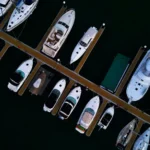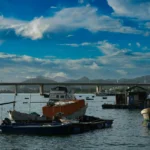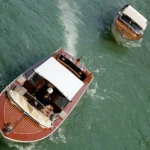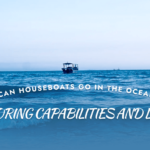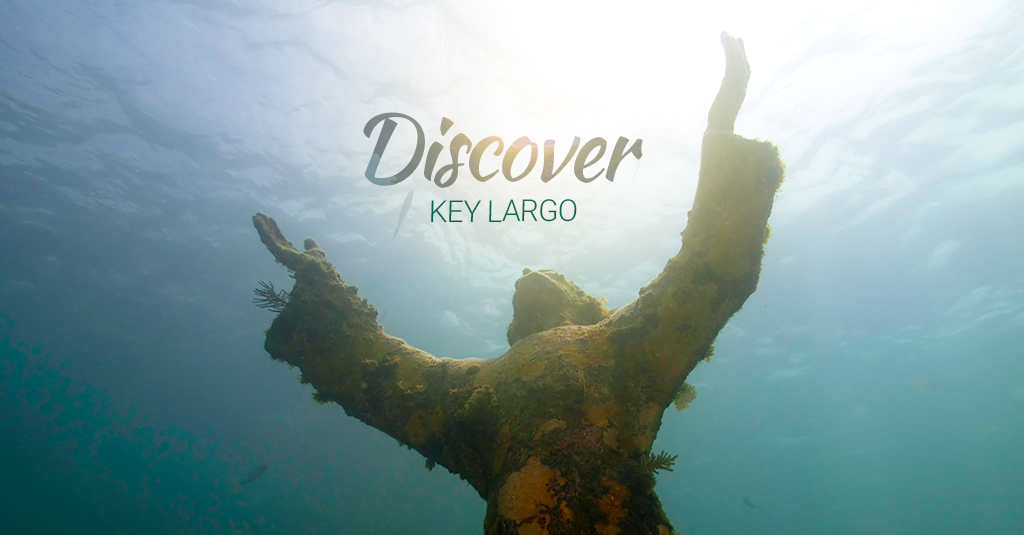
Discover Key Largo: The Dive Capital of the World
The third-largest living coral barrier reef in the world and the only one in the U.S., the Florida Keys stretch across 2,900 nautical miles from Key Largo to Key West. In 1990, they received the designation of National Marine Sanctuary, which protected some of the best opportunities in the country and maybe the world for generations to come. From snorkeling to diving in the Florida Keys, there is something here for everyone.
Key Largo: The Dive Capital of the World
Named for Cayo Largo, or long key, Key Largo is the northernmost island, and as its name suggests, it is a long key. Its location and size protect nutrient-rich waters, which nurture the growth of the corals. Although the increased popularity of fishing and diving threatened the survival of the reef in the early 20th century, By the 1950s, worried ecologists and environmentalists were launching conservation efforts, which led to the creation of John Pennekamp Coral Reef State Park and the banning of coral collection and spearfishing.
Today, you can explore Key Largo by snorkeling, scuba diving, canoeing, kayaking, and boat charters.
Diving in the Florida Keys
Key Largo is easy to reach. It is the first island you will encounter when driving south, and there are numerous options for you regardless of your interests and skill levels. Why is Key Largo the Dive Capital of the world?
1.. It has everything you need to dive
You can reach Key Largo via the Overseas Highway, but the offshore wrecks and reefs might take a little more work. Don’t let that dissuade you, however. Key Largo is home to a booming dive industry with everything from dive instruction and equipment sales and rentals to boat transportation and underwater photography.
2. The spectacular scenery will take your breath away.
Speaking of wrecks and reefs, Key Largo has magnificent spaces for you to dive, snorkel, or explore in glass-bottomed boats. Home to mostly patch reefs and some bank reefs, Key Largo has an extensive reef line with clear water and large populations of fish. The water tends to hover between a comfortable 70 degrees and a balmy 85 degrees, and visibility can reach up to 100 feet in some places.
3. It is home to some of the most popular dive spots around.
While you can charter a boat to take you out to some of Key Largo’s lesser-known haunts, the island’s hottest dive spots are popular for a reason. From breathtaking reef structure to mind-blowing marine life, you will not regret checking out these top dive spots in Key Largo.
- Carysfort Reef is a double reef that features elkhorn, staghorn, and fire corals mingling with boulder corals to create a complex coral maze that is popular with both divers and snorkelers.
- The Elbow, so named for its shape, is home to both reefs and shipwrecks, boasts a massive population of fish, including parrotfish, angelfish, Bermuda chub, porkfish, green moray eels, and barracuda.
- Molasses Reef, which is possibly the most visited dive site in the world, is home to schools of snapper and grunt and crystal clear waters perfect for diving.
- The Benwood, a wreck just 35 feet down with Christmas tree worms burrowed deep in the wood, fire coral bedecking the hull, welcomes schools of porkfish, goatfish, and grunts weaving their way in and out of the bow.
- Christ of the Abyss, the ultimate symbol of Pennekamp Park, is a statue memorial to sailors lost at sea, which stands guard over a massive and thriving coral reef structure.
Thanks to the protected status of the area surrounding Key Largo, the waters are teeming with life and vibrant, diverse reef structures. Visit Mangrove Marina today to find out more about dive spots in Key Largo or to plan your next visit.

